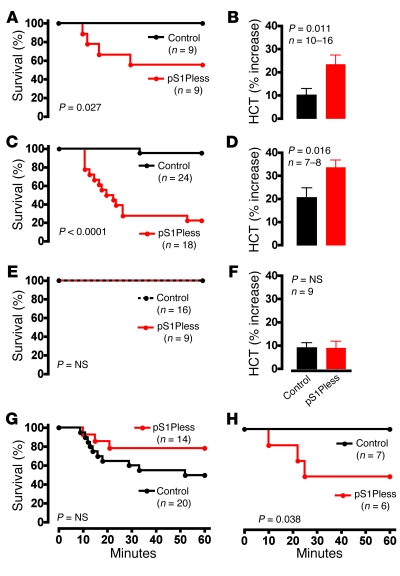Figure 2. pS1Pless mice exhibit markedly increased sensitivity to systemic challenge with leak-inducing agents and are rescued by erythrocyte transfusion and acute S1pr1 agonism.
(A) Survival after induction of PSA. (B) Hematocrit (HCT) determined 90 seconds after PSA induction. The change from baseline hematocrit, determined more than 7 days previously, is shown (mean ± SEM). (C) Survival after PAF injection (20 μg/kg i.v.). (D) Hematocrit measured 10 minutes after PAF injection. The change from baseline hematocrit, determined more than 7 days previously, is shown (mean ± SEM). (E and F) Mice were transfused with wild-type erythrocytes and studied 2 days later. (E) Survival of transfused mice after PAF injection (20 μg/kg i.v.). (F) Hematocrit determined 90 seconds after induction of PSA. The change from the hematocrit determined 2 hours previously is shown (mean ± SEM). Data were corrected for the drop in hematocrit caused by the blood draw at –2 hours. (G) Mice were injected with the S1pr1 agonist AUY954 (2 mg/kg i.v.) 2 minutes before PAF injection (20 μg/kg i.v.), and survival was followed. (H) Survival of pS1Pless mice and littermate controls after i.v. injection of histamine (200 mg/kg).

